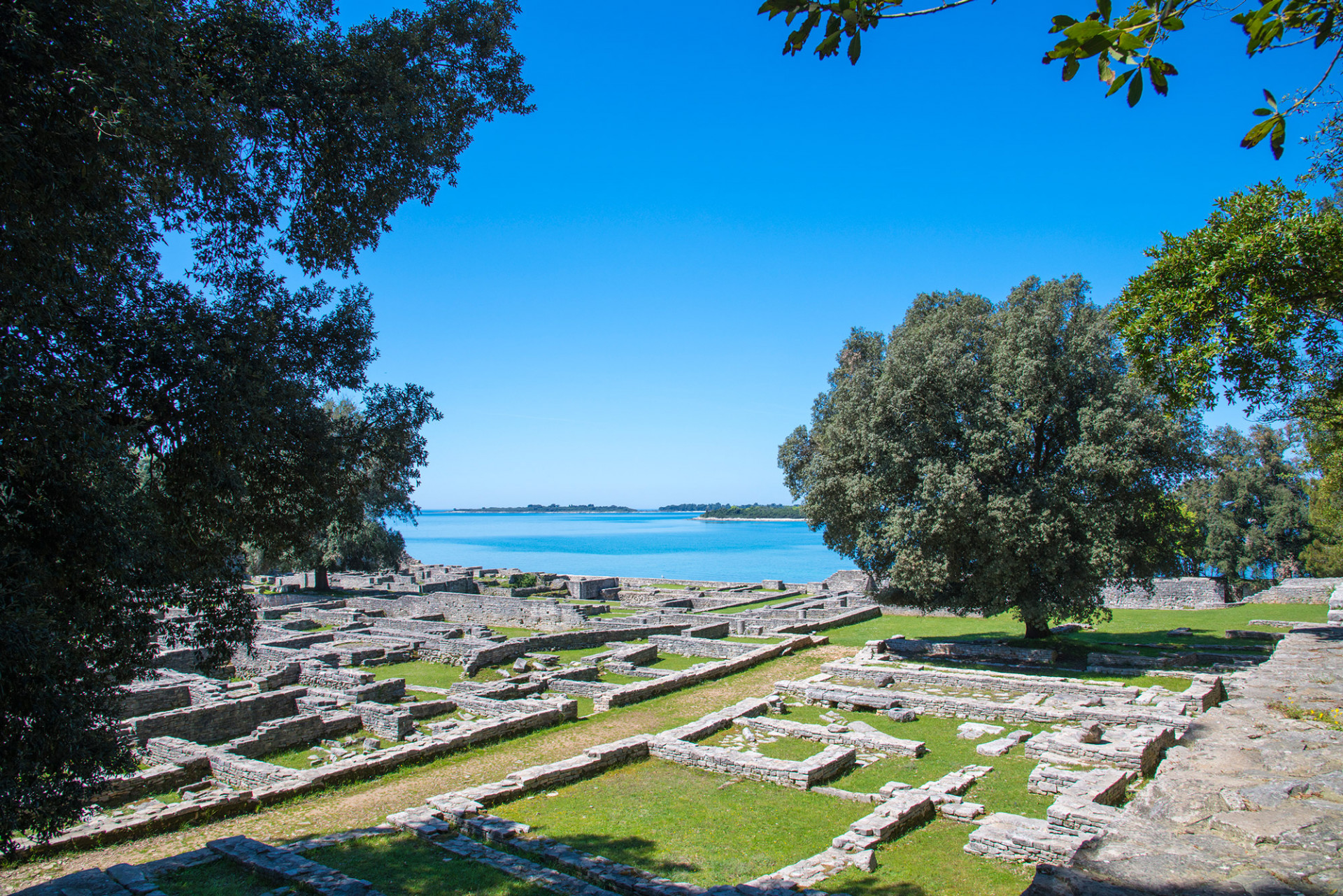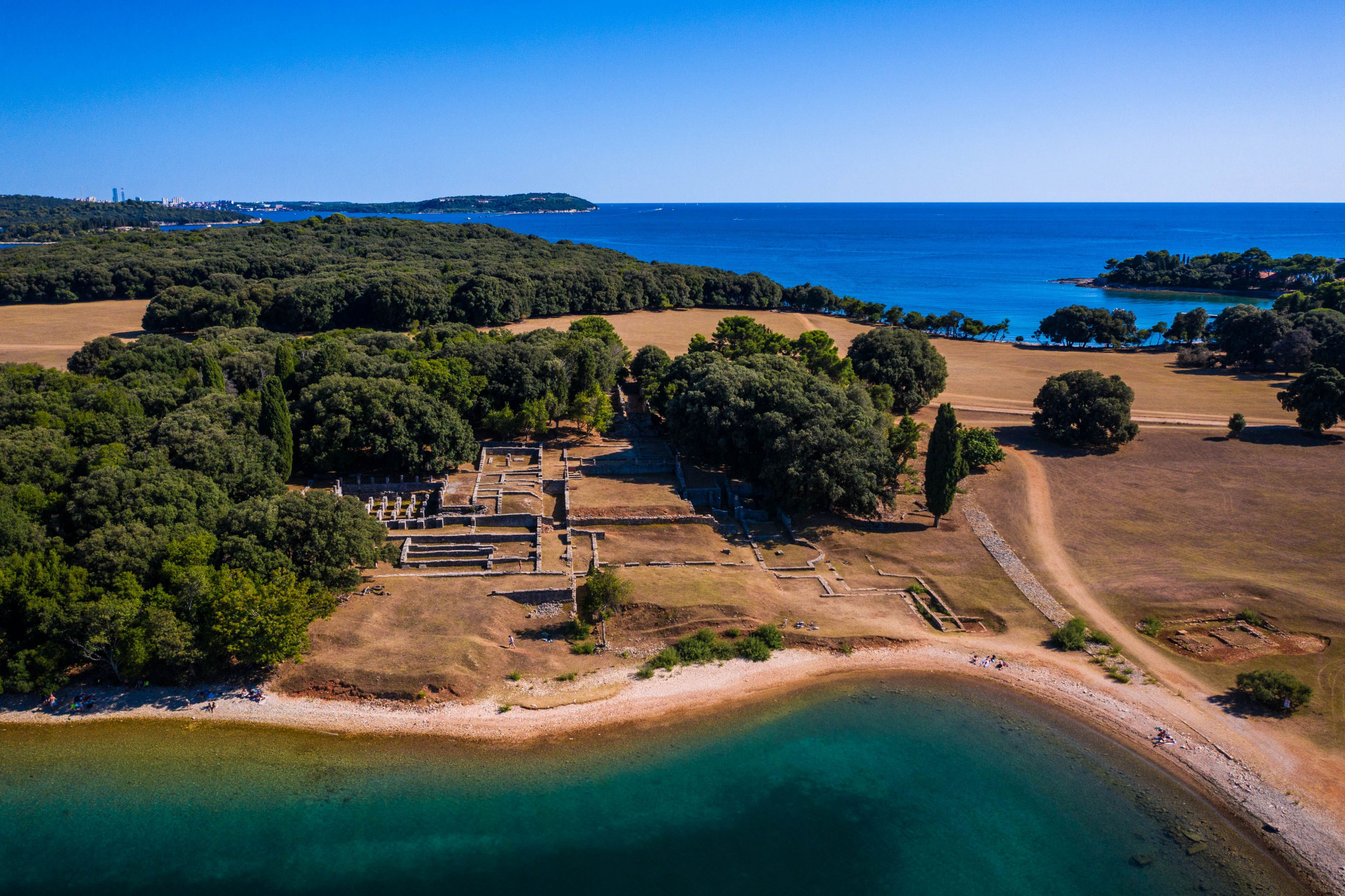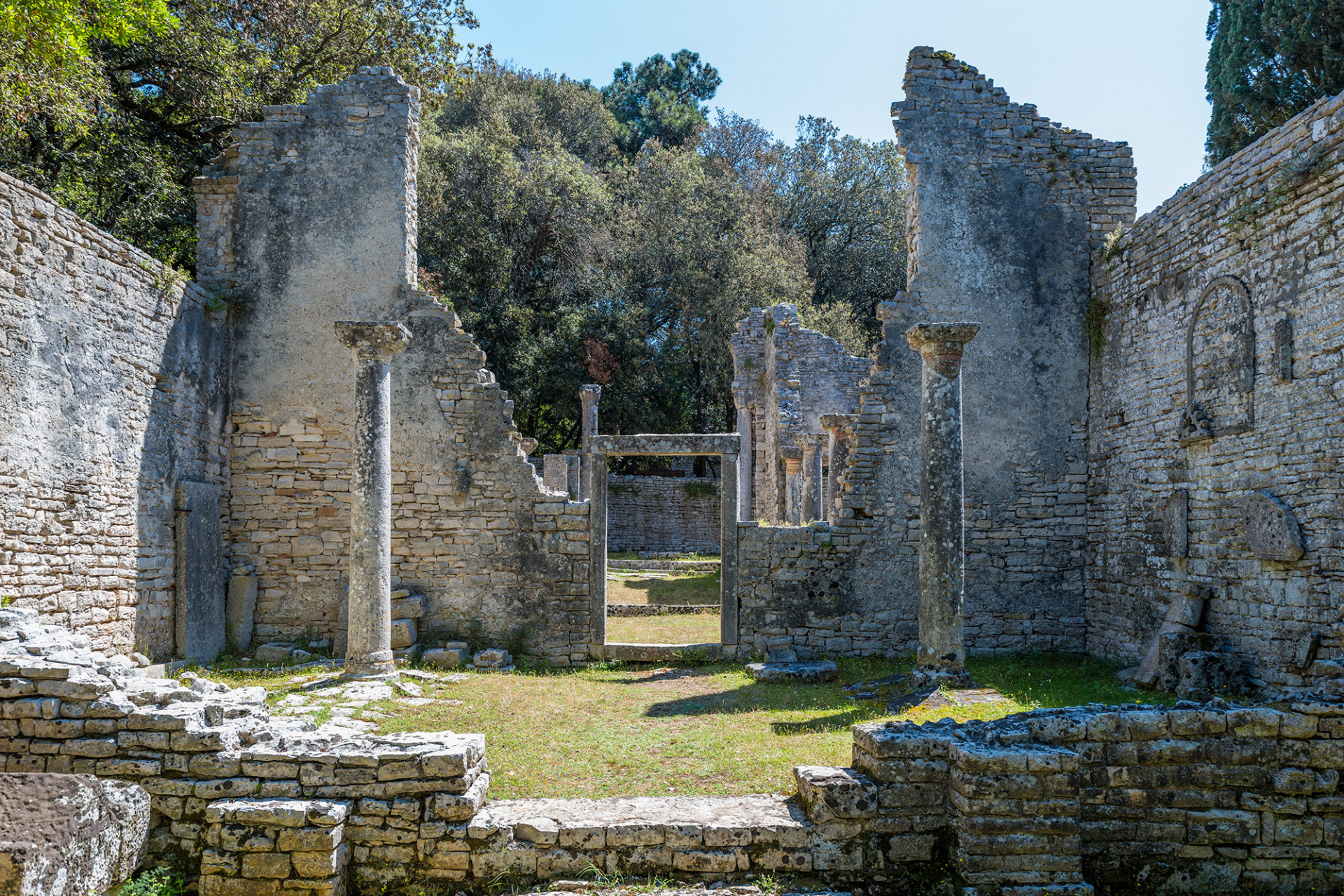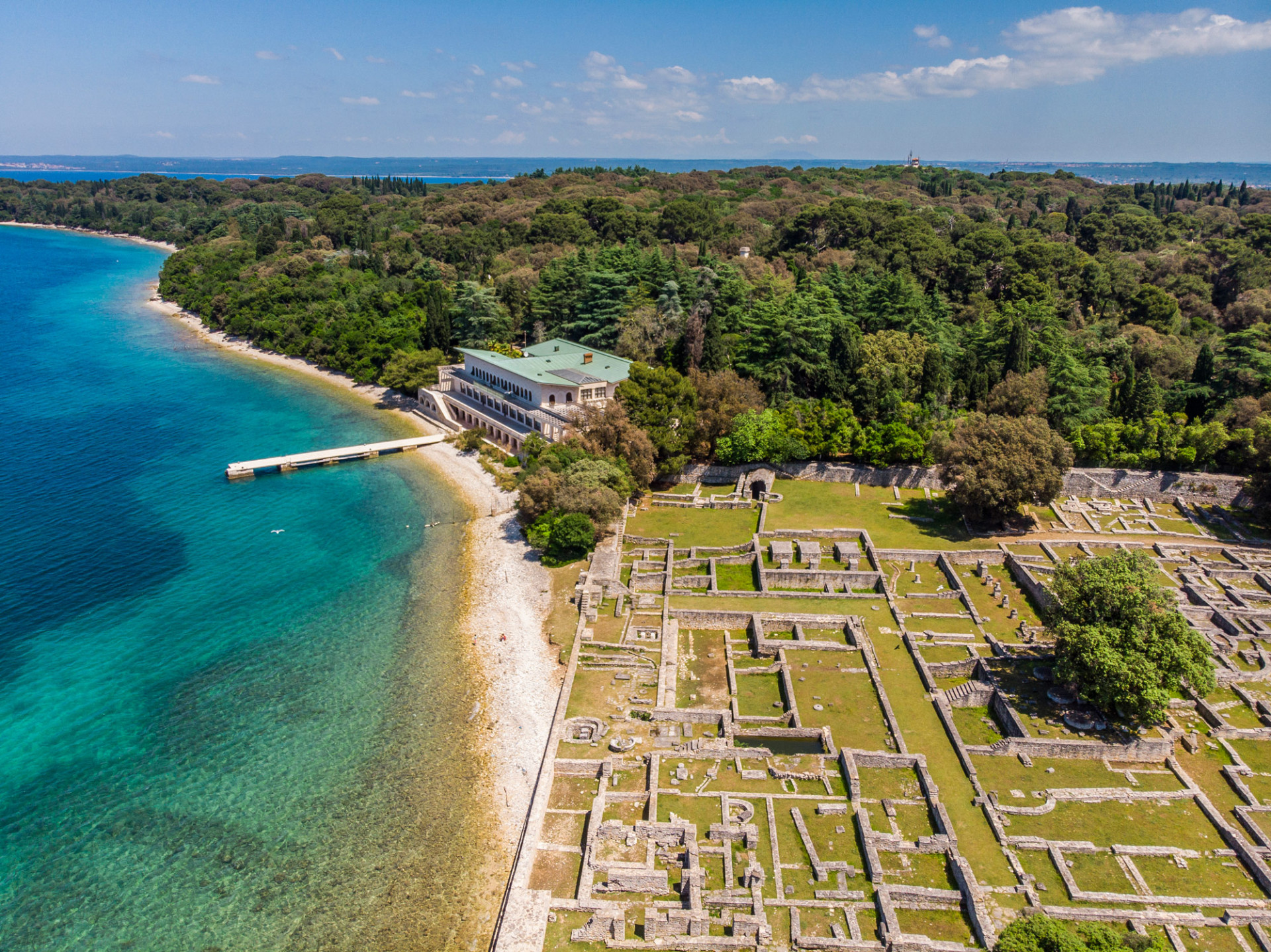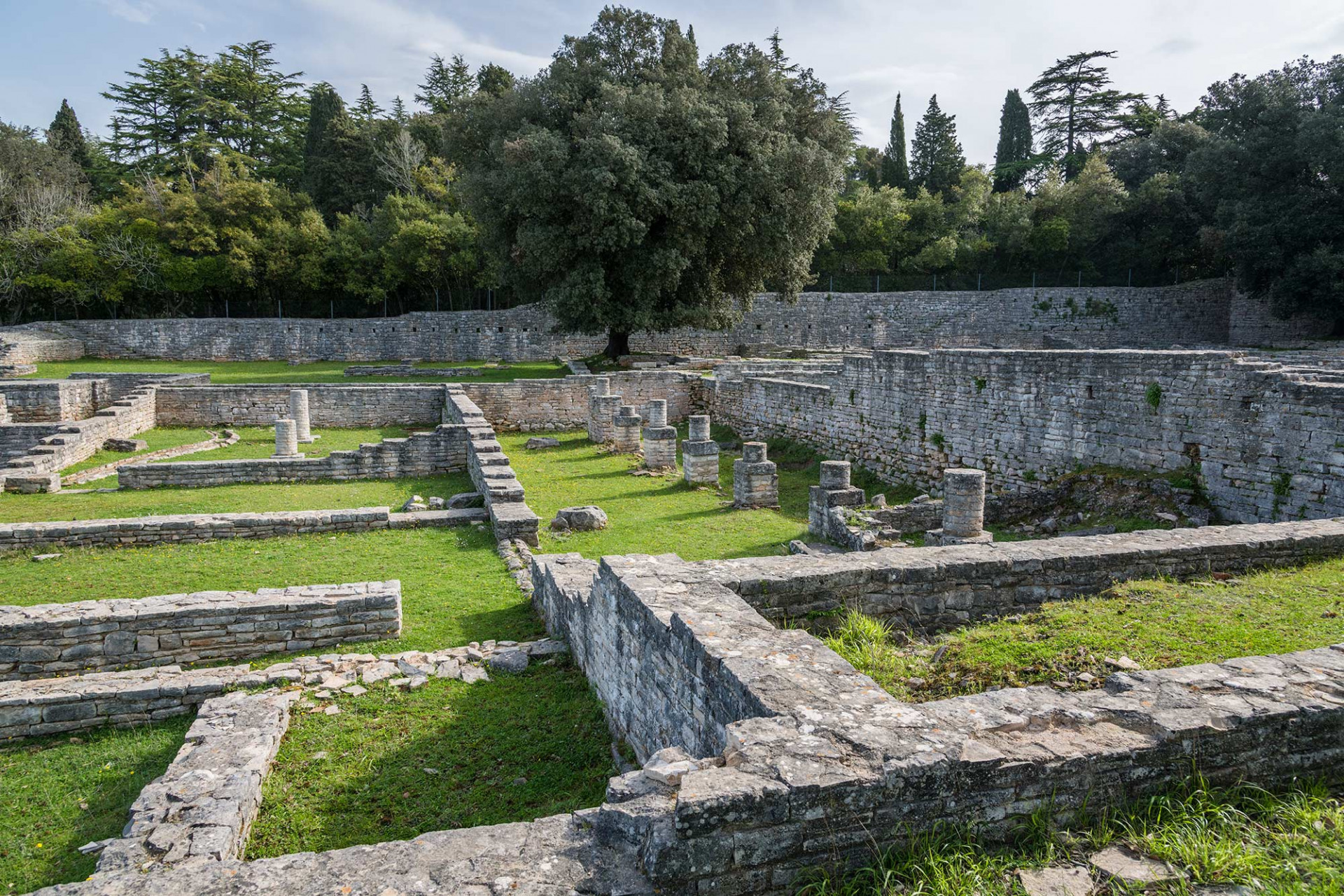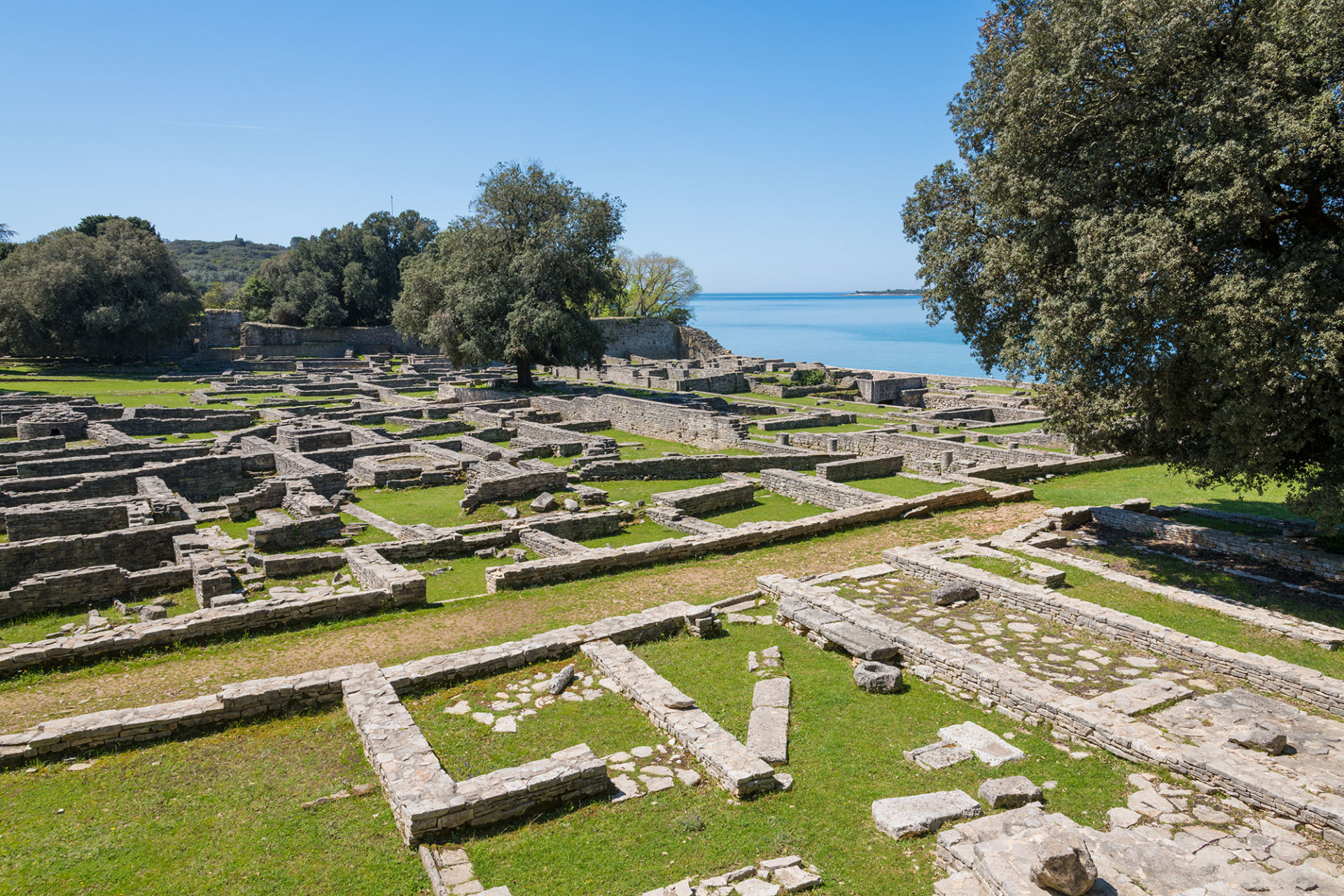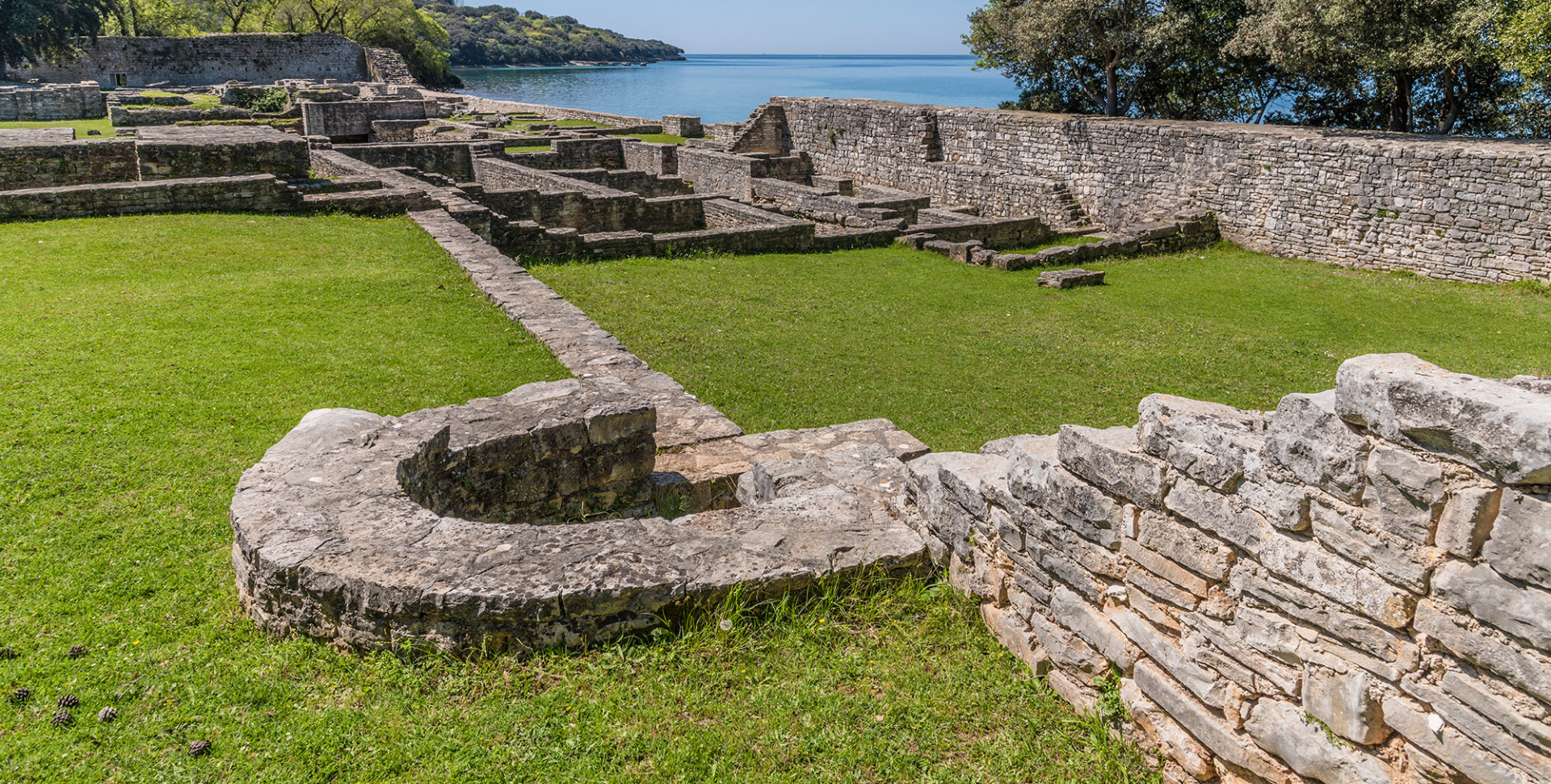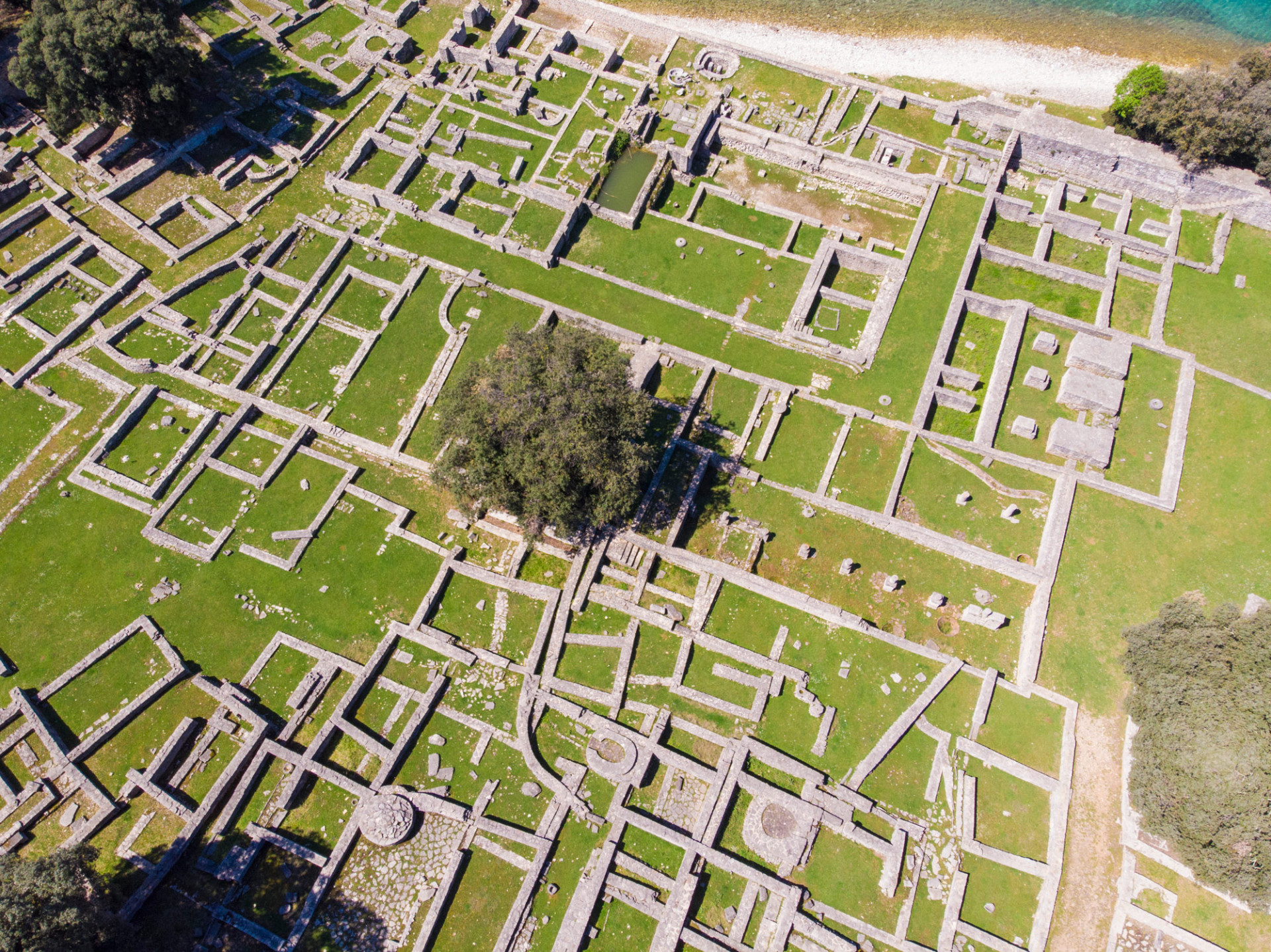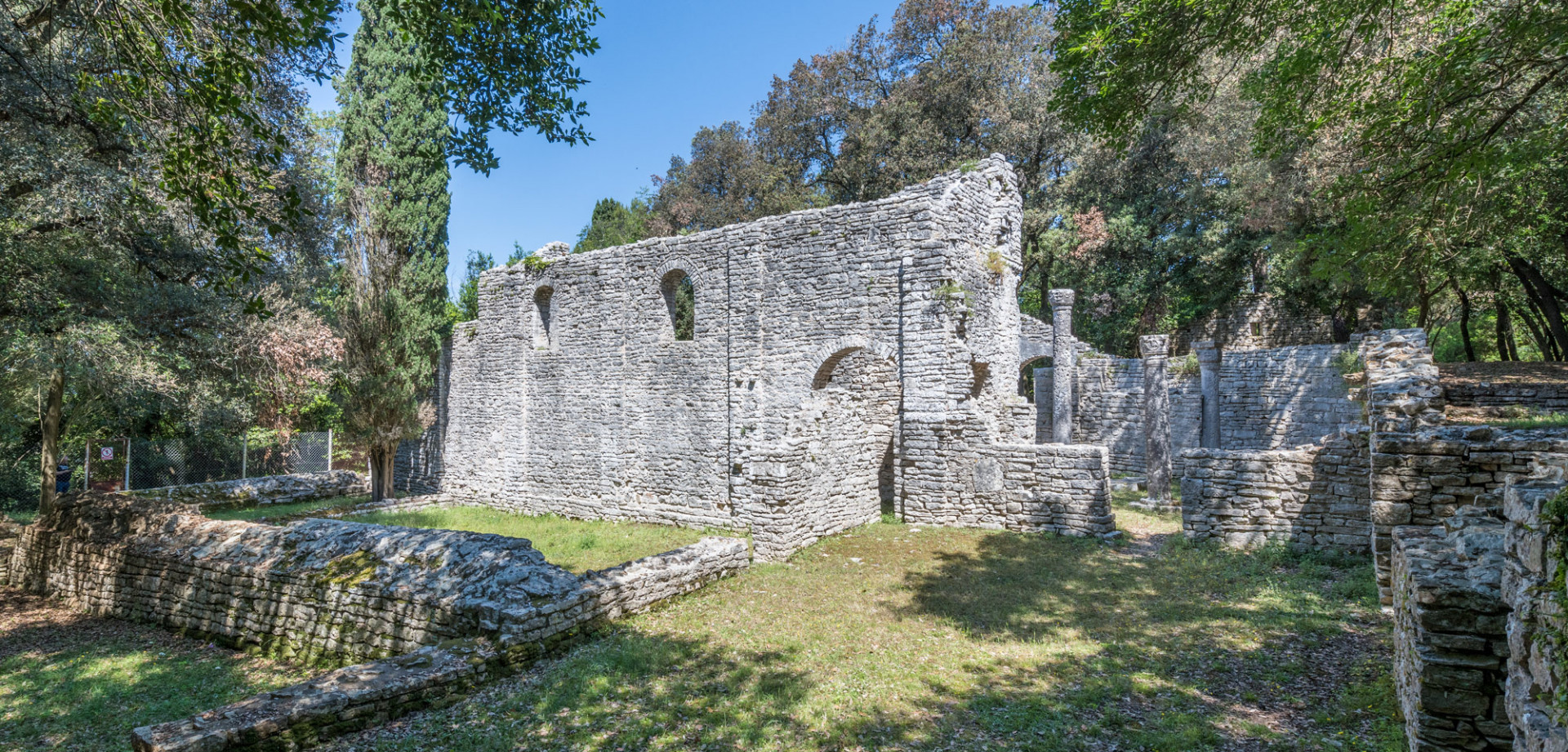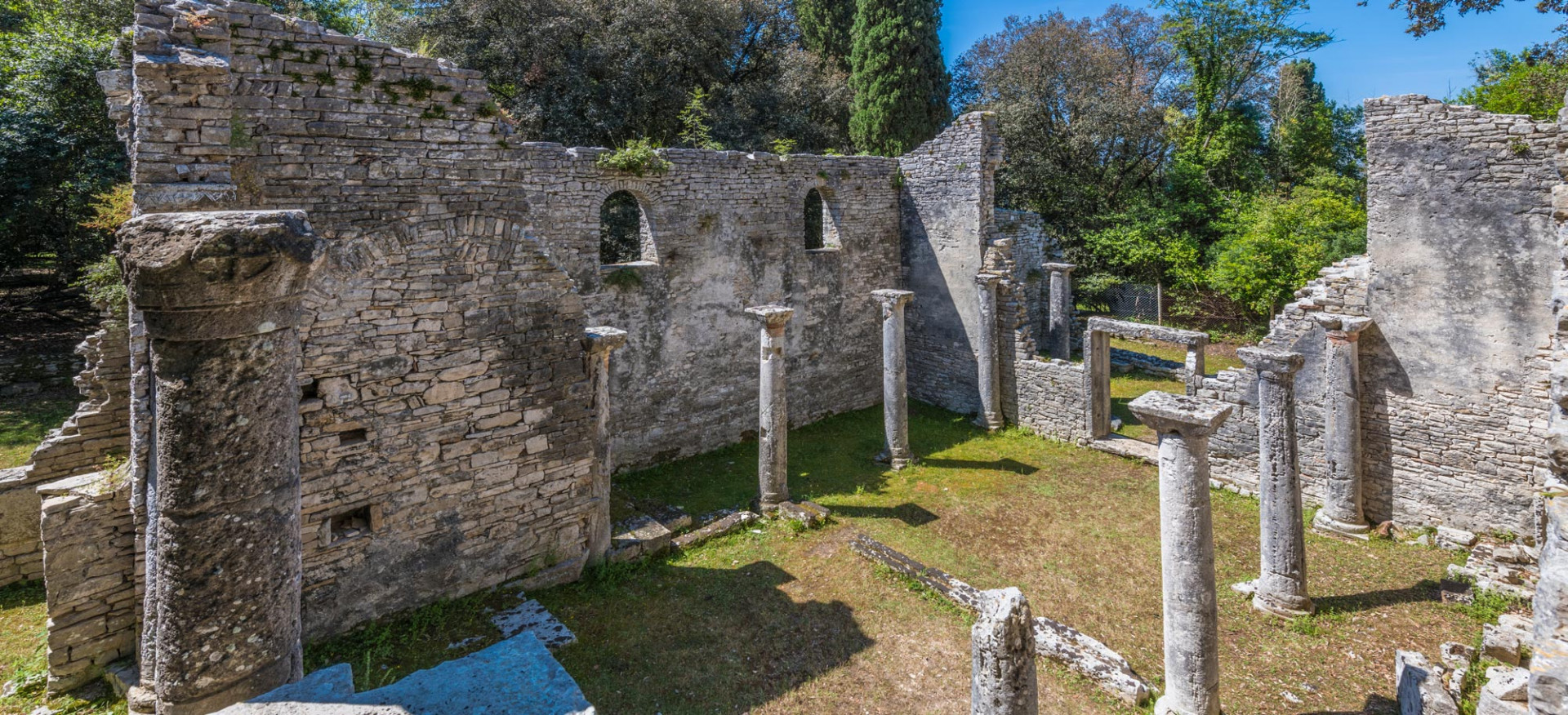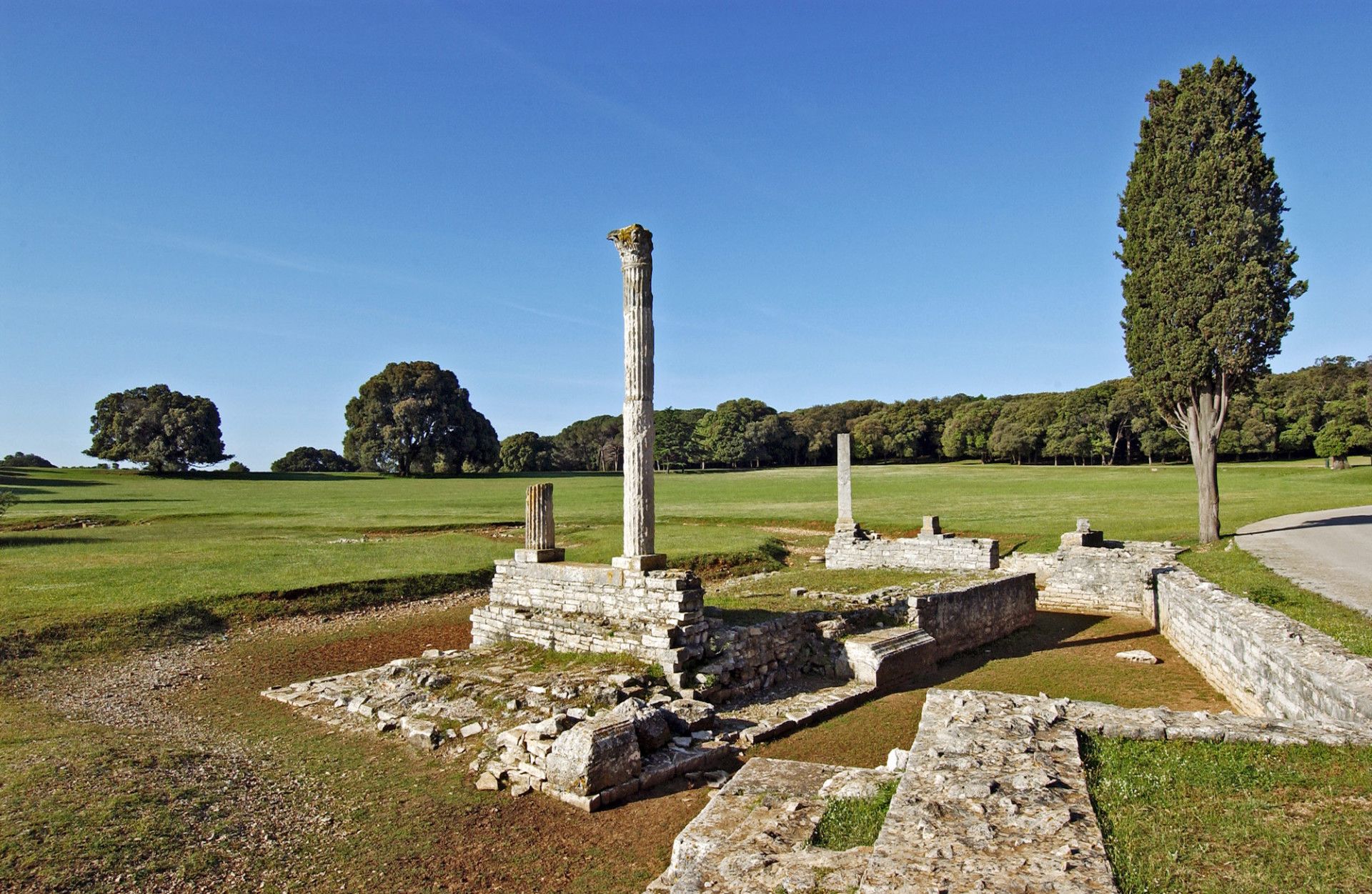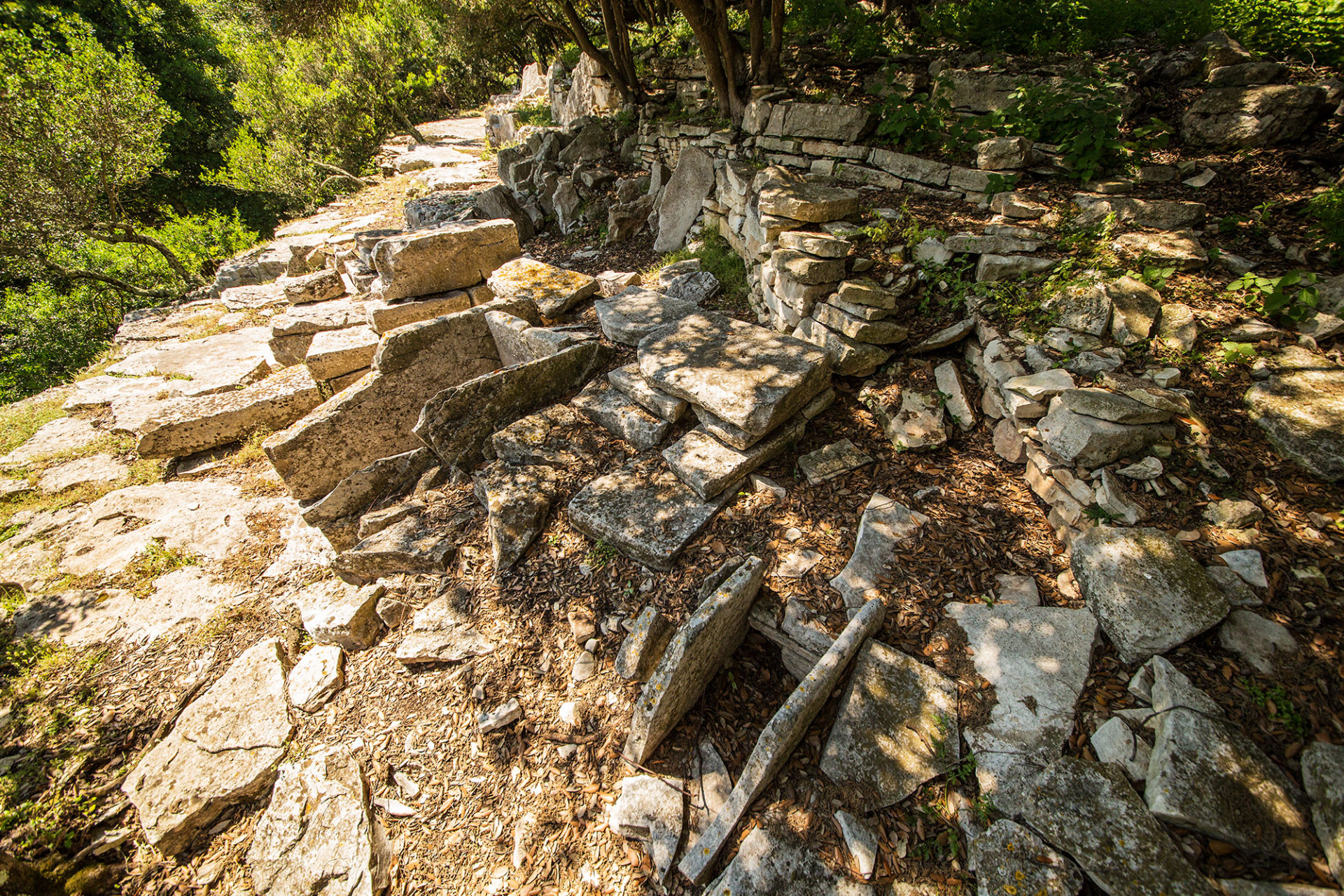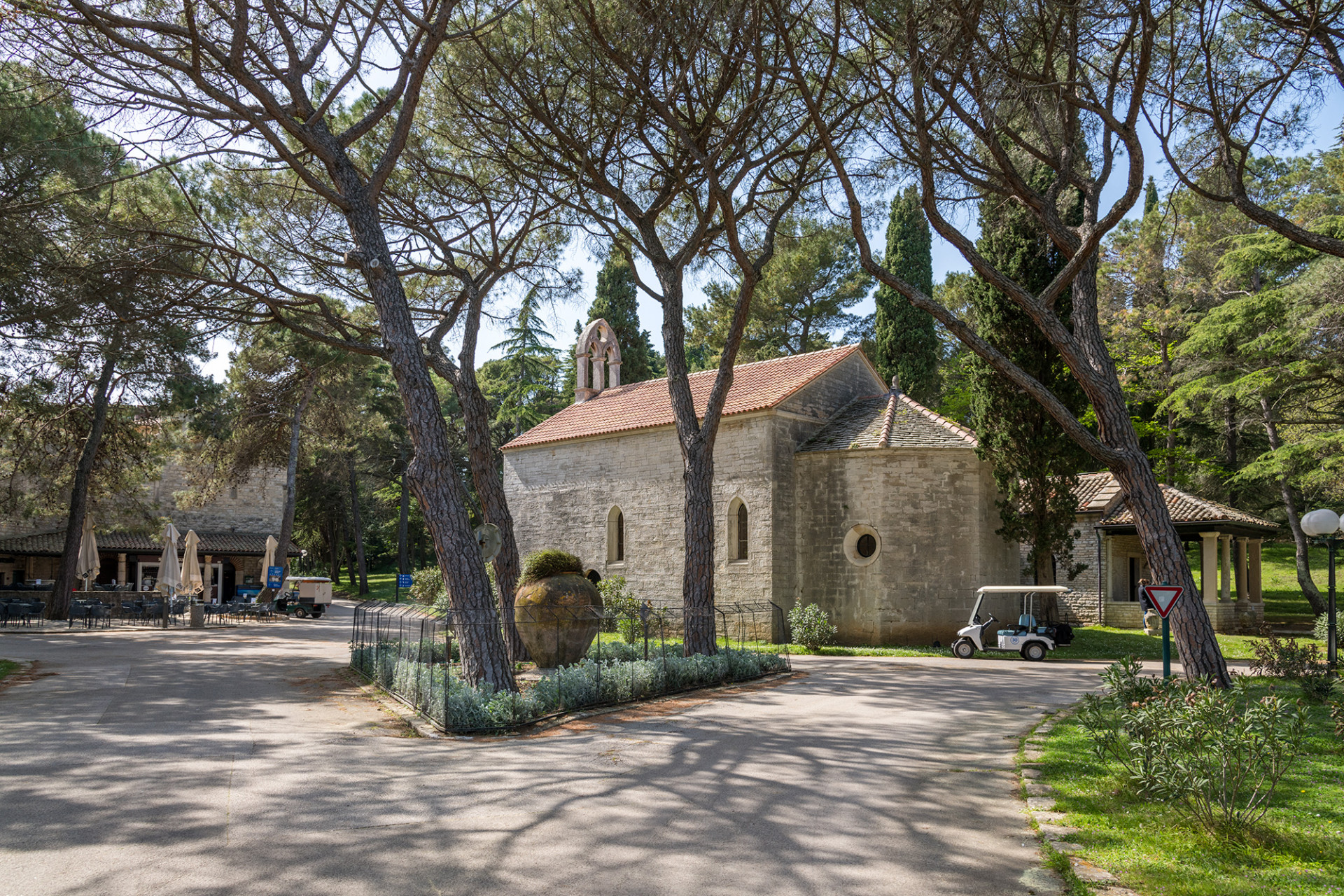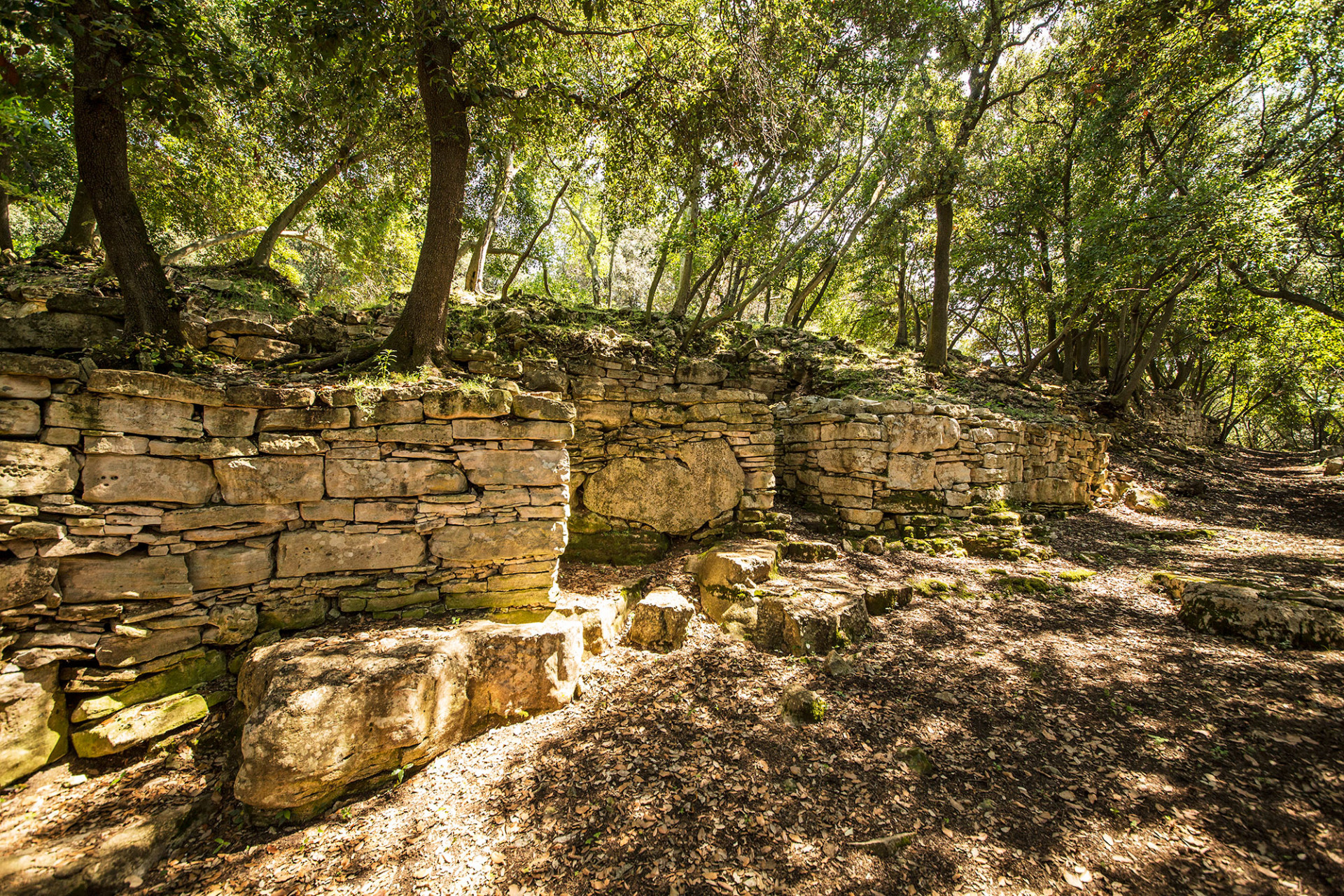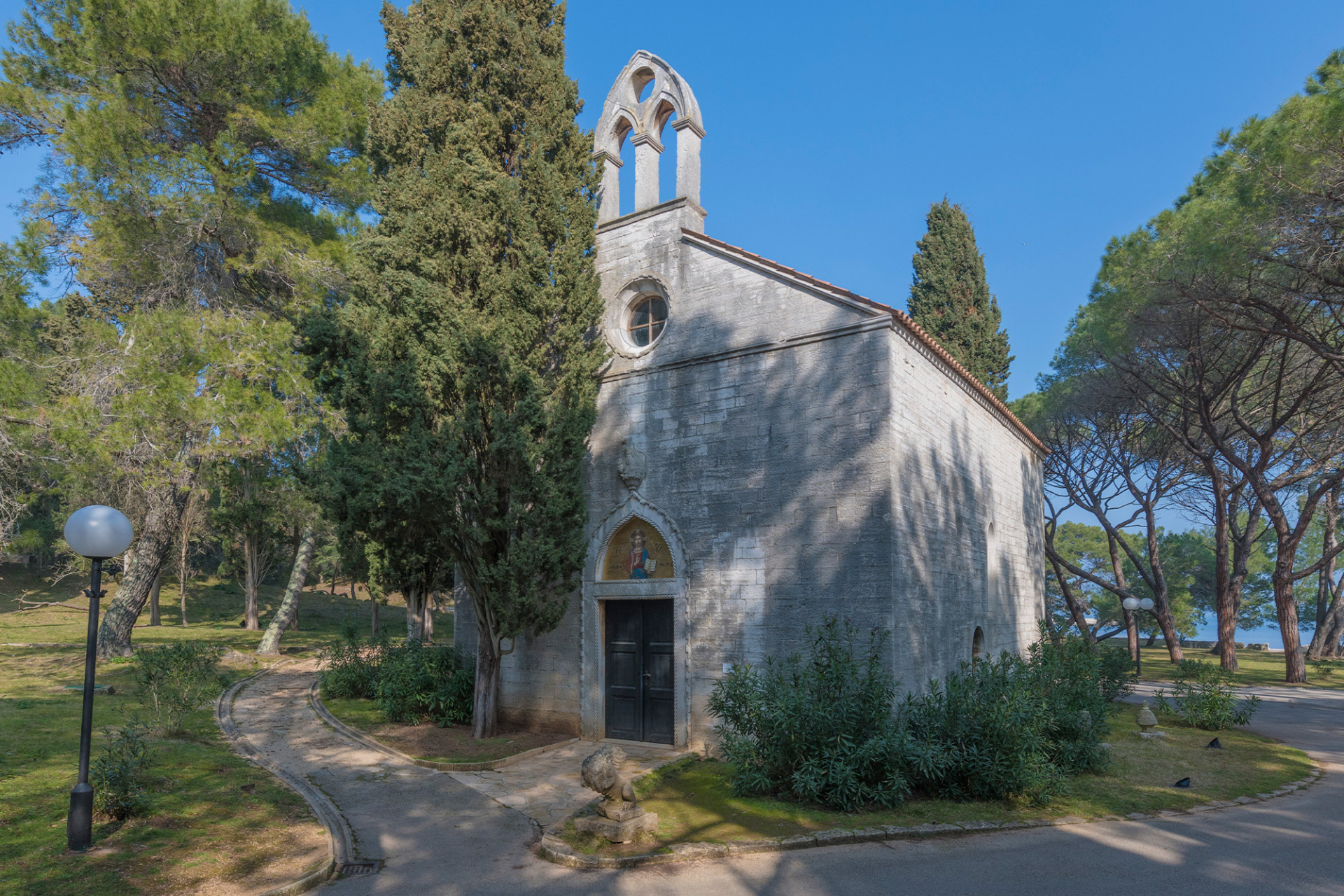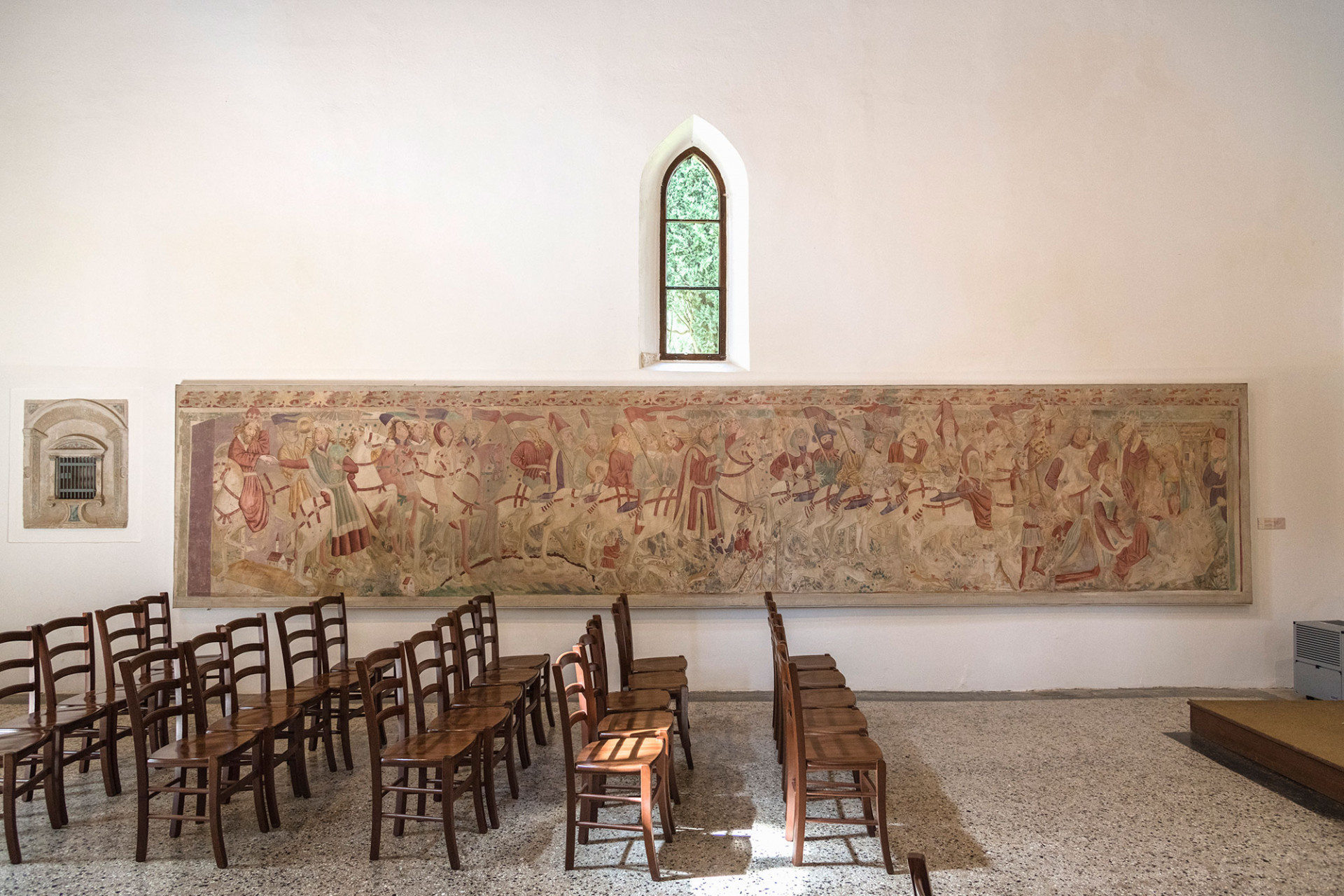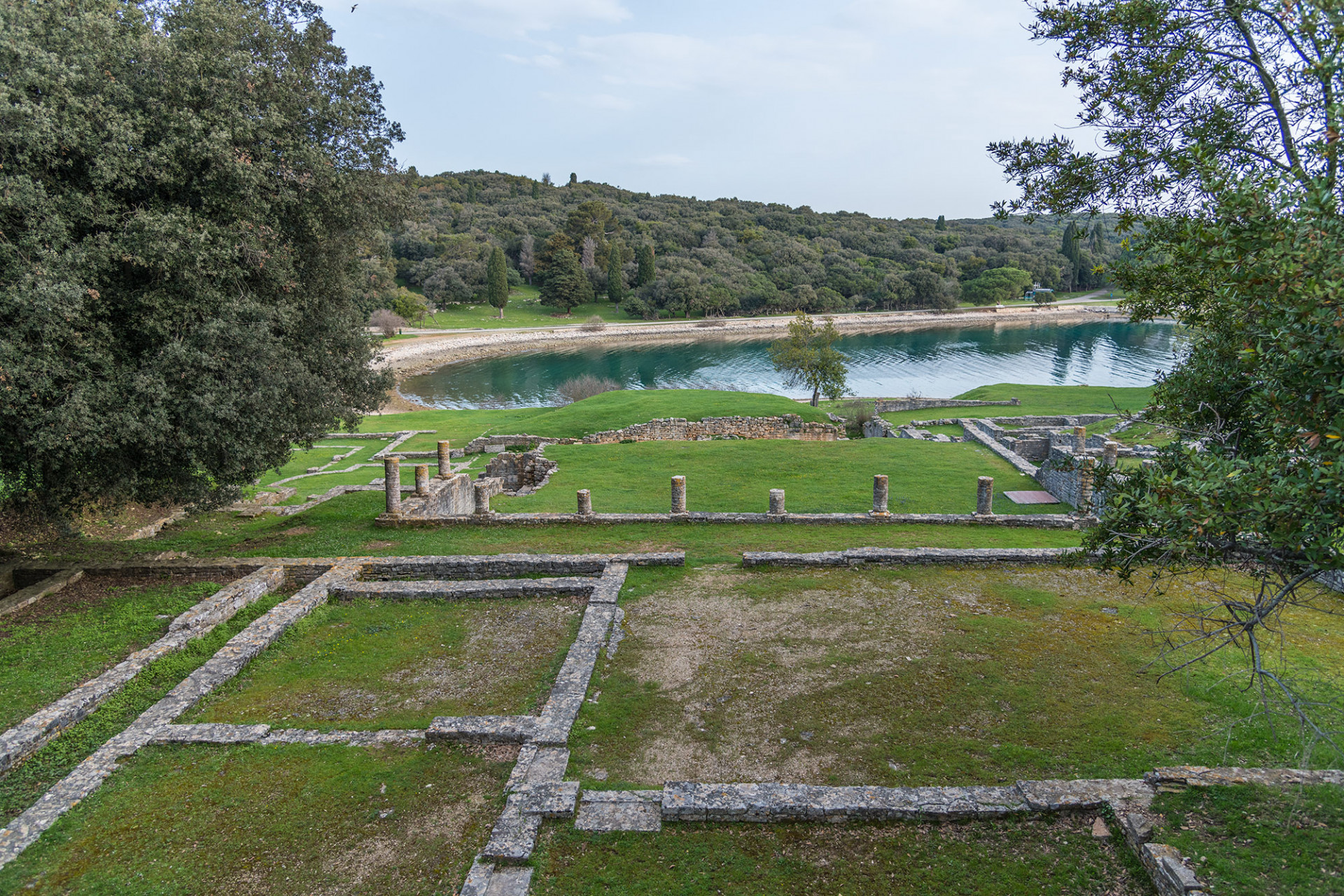The premium tour includes a visit to the site that is the richest in strata, a site which has also been inhabited for the longest time on Brijuni, the Byzantine castrum, and the nearby St. Mary's basilica, the oldest Christian building on the island.
It continues with a hill-fort from the Bronze Age and a sumptuous Roman residential villa from the 1st century in Verige Bay. The tour ends with a visit to the church of St. German from the 15th century which houses a part of the original mosaic from the Roman villa in Verige Bay.
Roman villa as part of the Roman Emperors' Route
The Roman villa in Verige bay is part of the Roman Emperors’ Route which has received a certificate of the Council of Europe and the European Institute of Cultural Routes. The route that is 3.5 thousand kilometers long stretches through Croatia, Serbia, Bulgaria and Romania and promotes archaeological tourism.
It covers 20 archaeological sites important for the period of imperial Rome and related to the lives of 17 Roman emperors.
Duration: 4 hours including a 30-minute break.
 Parks of Croatia
Parks of Croatia
 EU projects
EU projects English
English
